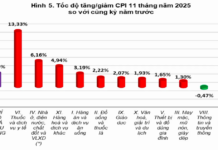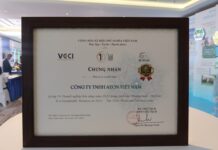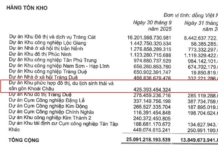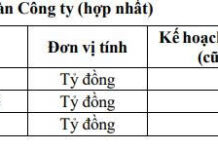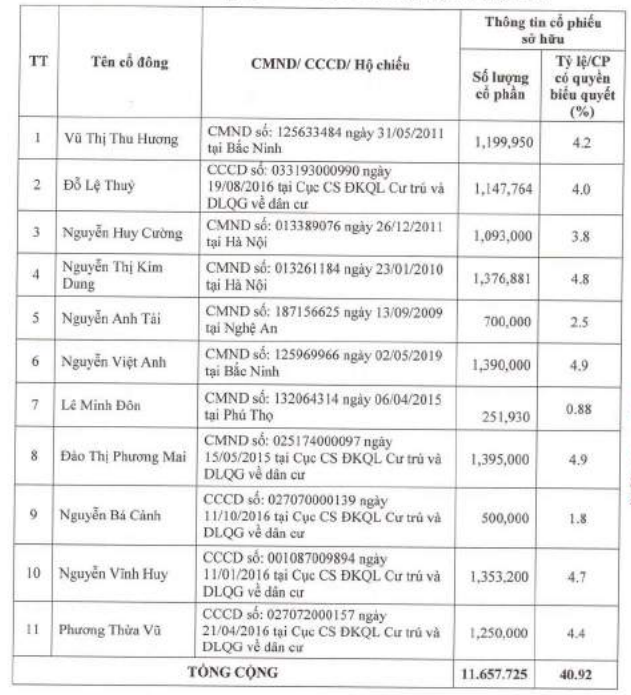The Vietnam Social Security has implemented multiple payment methods for social and health insurance benefits, ensuring convenience and flexibility for all participants and beneficiaries.
OFFERING VARIOUS PAYMENT OPTIONS FOR BENEFICIARIES
Beneficiaries can now choose their preferred method of receiving social insurance benefits, ensuring they have control over their financial situation. As per Clause 3, Article 18 of the 2014 Social Insurance Law, the Vietnam Social Security has effectively communicated this option to the people and implemented diverse and flexible payment methods to cater to beneficiaries’ needs.
Specifically, beneficiaries can choose to receive their pension and social insurance benefits in full and on time, selecting one of the following payment options: directly from the social insurance agency or an authorized service organization; through their bank account; or through their employer.
Mr. Nguyen Van Tinh, Deputy Director of the Finance and Accounting Department of the Vietnam Social Security, stated that to ensure timely and complete benefit payments, the social insurance agency continues to offer cash payments to beneficiaries who prefer this method while also providing payments through personal bank accounts.
Additionally, the Vietnam Social Security has authorized the postal system to make home payments for specific beneficiaries. These include pensioners and monthly social insurance beneficiaries who are elderly, frail, sick, or otherwise unable to reach the payment locations. The postal service provides this service free of charge, ensuring that these vulnerable individuals can access their benefits conveniently and safely.
Mr. Tinh affirmed that this special payment arrangement has received positive feedback, maximizing convenience and ensuring timely benefit distribution as per regulations.
PROMOTING CASHLESS PAYMENTS
In line with the government’s initiative to promote cashless transactions, the Vietnam Social Security, in collaboration with relevant ministries and sectors, has been actively communicating the benefits of receiving benefits through bank accounts. This approach empowers participants and beneficiaries to make voluntary decisions about their preferred payment methods.

According to Mr. Nguyen Van Tinh, implementing cashless payments for pensions and social insurance benefits aligns with the government and prime minister’s directives and offers numerous advantages and conveniences.
For instance, beneficiaries no longer need to gather at payment locations to receive their money and sign receipts, saving time and effort. Additionally, cashless payments ensure that beneficiaries receive their full benefits promptly, accurately, safely, and on time. This method also integrates seamlessly with various online transaction features, such as cash withdrawals, balance inquiries, money transfers, bill payments, and more, further empowering beneficiaries with convenient options.
Furthermore, with the extensive network of commercial banks and the country’s development trajectory, cashless payments through personal bank accounts align with the nation’s progress. This payment method actively contributes to the effective implementation of the National Comprehensive Financial Strategy until 2025, with a vision towards 2030, and the Prime Minister’s Directive No. 22/CT-TTg on promoting cashless payment solutions in Vietnam. Ultimately, these efforts bring tangible benefits to the recipients.
The Vietnam Social Security affirms its commitment to serving beneficiaries as a core mission, continuously improving administrative procedures. They have reduced and simplified administrative procedures from 114 procedures in 2015 to just 25, with 100% of procedures available online at level 4. Additionally, they have implemented electronic transactions with organizations and individuals across all professional fields.
As of the end of 2023, approximately 64% of people in urban areas received social insurance, unemployment benefits, and other social insurance benefits through personal accounts. This includes 47% of monthly social insurance beneficiaries, 94% of one-time social insurance beneficiaries, and 98% of unemployment benefit recipients.








